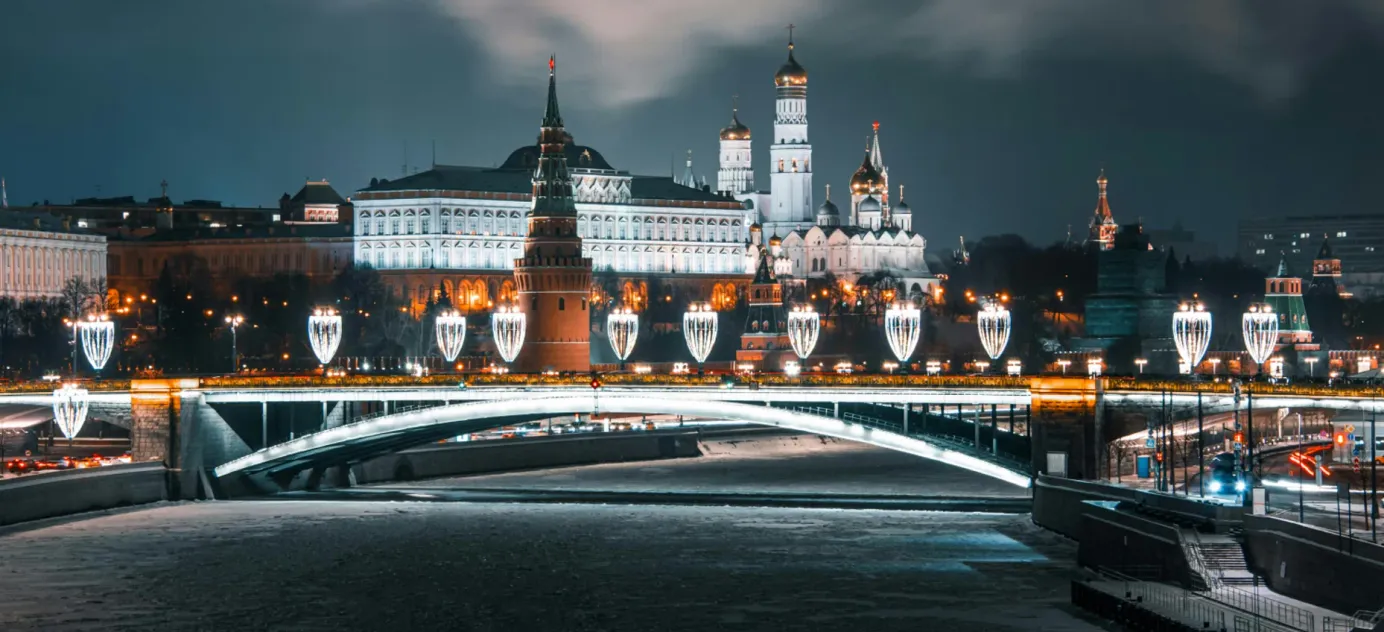
Russia struggles to respond to Kakhovka dam destruction
The first week of Ukraine’s long-awaited counteroffensive did not bring any tangible results, nor even any clear vision of how events might develop in the future. Instead, the big issue was the catastrophic destruction of the Kakhovka dam. Russian authorities accuse Ukraine of blowing the dam, but are struggling to provide a clear explanation of how this happened. At the same time, there is increasing evidence of Russian involvement. There are already dozens of dead among the residents of Russian-controlled territory on the left bank of the Dnipro River due to local and federal authorities’ inability to organize an evacuation.
- It’s difficult to establish the death toll from the flooding in the Kherson region after the explosion at the Kakhovka dam. This is mostly due to a lack of reliable information from the Russian-held east bank. Official figures from both sides confirm 14 deaths — six on the west bank held by Ukraine, and eight on the Moscow-occupied east bank. The real figures are much higher: on Friday volunteers trying to evacuate people from the east bank said they had identified 20 deaths while a further 150 people were missing.
- Russian independent media is focused on the failed attempts to evacuate Russian-held territory along the Dnipro. Multiple testimonies from volunteers (1, 2, 3, 4) suggest that the authorities failed to allocate adequate resources for an evacuation. In addition, volunteers on the ground face additional problems in their own attempts to help people. Access to the flood zone is closed, boats are requisitioned and Russian forces are shelling vessels trying to evacuate people to the Ukrainian-held bank. There are several reasons for this, including Russia’s general lack of organization, but a key one is the wartime paranoia gripping the local administration. That said, it’s likely that the main issue is the authorities’ reluctance to admit and display the full scale of the crisis.
- The catastrophe unfolded on what Moscow considers to be legally its own territory. However, for several days, state television paid it relatively little attention. It was the third or fourth item in news broadcasts, and was discussed in terms more often used for seasonal flooding than a manmade disaster. The news reports primarily focused on Russian efforts to rescue civilians under fire from Ukraine. Russian propaganda says little about what destroyed the dam. It limits itself to quotes from Defense Minister Sergei Shoigu and President Vladimir Putin, who accuse Ukraine of blowing it up but provide no evidence, however circumstantial. Rossiya TV’s weekly news roundup program, Vesti Nedeli, said a little more about the cause of the disaster: it counted the number of times Ukrainian troops shelled the hydroelectric power station and decided that this alone was the cause of the collapse. “Kyiv, with manic persistence, finished off the Kakhovka power station,” the report concluded.
- It’s likely that by the end of the week, it was becoming increasingly difficult for Russia to sustain a credible story that cast its actions in a positive light. Immediately after the dam fell, Western media and the expert community were quick to suggest that the collapse was a result of poor maintenance by occupying Russian forces combined with military strikes from both sides. However, by the end of the week, more information emerged that suggested greater Russian involvement. First, Norwegian media published data from seismic stations close to the dam which indicated an explosion shortly before it collapsed. It’s hard to imagine an error in this information: the methodology was established decades ago and can distinguish the difference between rock shifts caused by seismic activity, conventional explosions and nuclear explosions. Then on Friday, The New York Times reported that U.S. spy satellites collected infrared traces of a thermal explosion, corresponding to a large explosion in the vicinity of the dam.
Why the world should care
Whatever the cause of the dam’s collapse, Russia bears immediate responsibility for the explosion’s aftermath, including the inadequate emergency response that has cost dozens of lives so far. Meanwhile, there are Russians who are trying to help – the Support Service organization, founded by exiled Russians, raised more than 150,000 euros to help victims on the Ukrainian side of the Dnipro.





